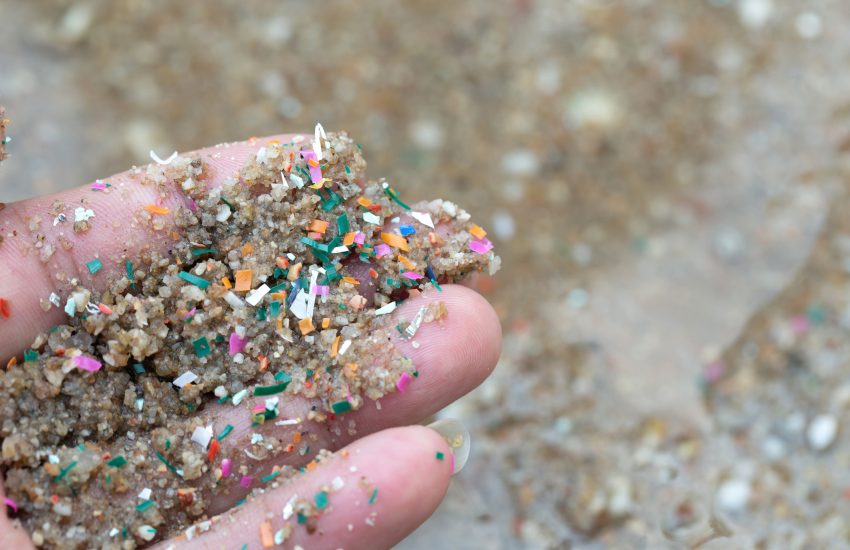California has begun the public process for a potential regulatory proposal expanding the list of chemicals that may be regulated under its Safer Consumer Products Program (SCP). The California Department of Toxic Substances Control (DTSC), part of the California Environmental Protection Agency, has proposed adding microplastics and para-Phenylenediamine (PPD) derivatives to its Candidate Chemicals List (CCL) in an attempt to control their impact on human health and the environment.
PPD derivatives are a family of chemicals used in a variety of industrial applications. The only PPD derivative currently on the CCL is 6PPD, a substance used to prevent deterioration of motor-vehicle tires but that has also been found to hurt certain species of salmon when it transforms into a toxicant known as 6PPD-quinone. The DTSC is nearing the end of a process to add motor vehicle tires containing 6PPD to its Priority Product List, which will require tire manufacturers to seek out alternatives that preserve tire safety and performance while preventing damage to fish populations.
Microplastics are tiny plastic particles less than five millimeters (0.2 inches) in diameter, composed of mixtures of polymers and functional additives. They can enter natural ecosystems from a variety of sources, including cosmetics, clothing, food packaging and industrial processes. The DTSC has designated the regulation of products that release microplastics to the environment as one of its five policy priorities on account of their believed broad and significant negative impacts to human health and the environment. Tire particles are also among the largest known sources of microplastic pollution.
In June and July, the DTSC will hold public workshops to help evaluate its potential regulatory proposal. While the addition of a chemical to the CGL does not directly or immediately create new law, it does allow the DTSC to select products containing listed chemicals (“Chemicals of Concern”) for evaluation and regulation as a Priority Product under the SCP Program. But manufacturers of products so regulated must thoroughly evaluate the impacts of potential replacement chemicals before beginning to use them in place of the regulated chemicals.
Ultimately, California’s proposal could have far-reaching consequences for a broad range of businesses, including those that manufacture and/or market fragrances, cosmetics, medical devices and biocidal products containing microplastics. If your business involves the use of either microplastics or PPD derivatives, you may want to join the SCP e-list at https://lp.constantcontactpages.com/su/TcGYB6l/SCP to keep up to date as the regulatory process progresses.

